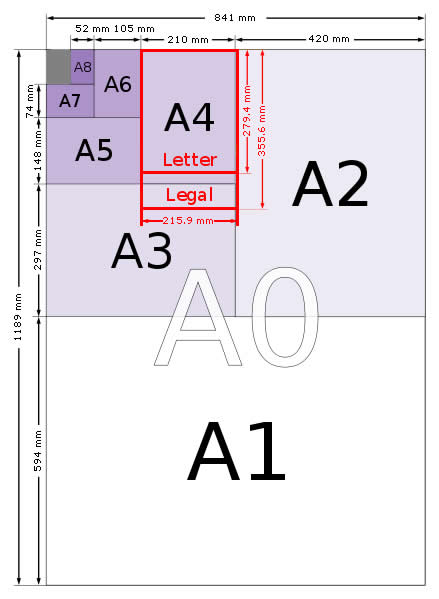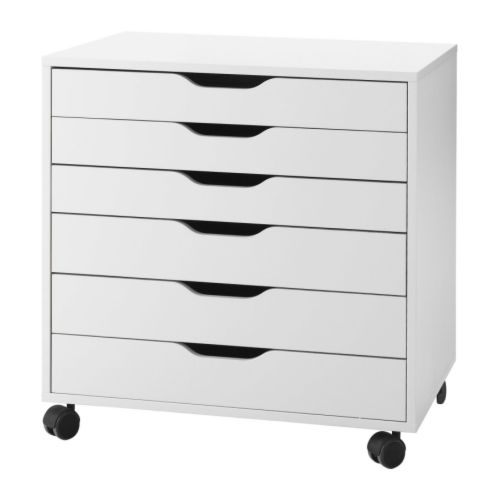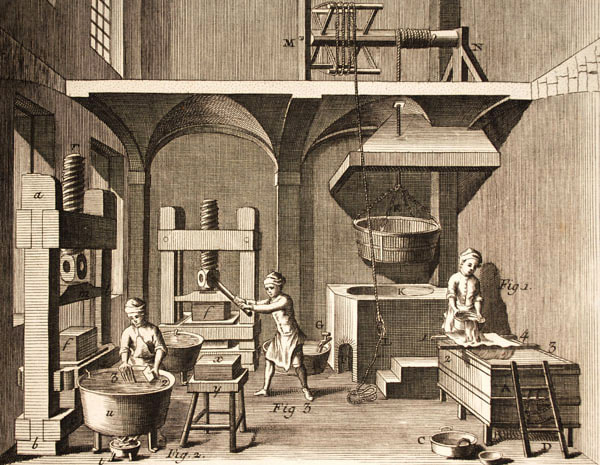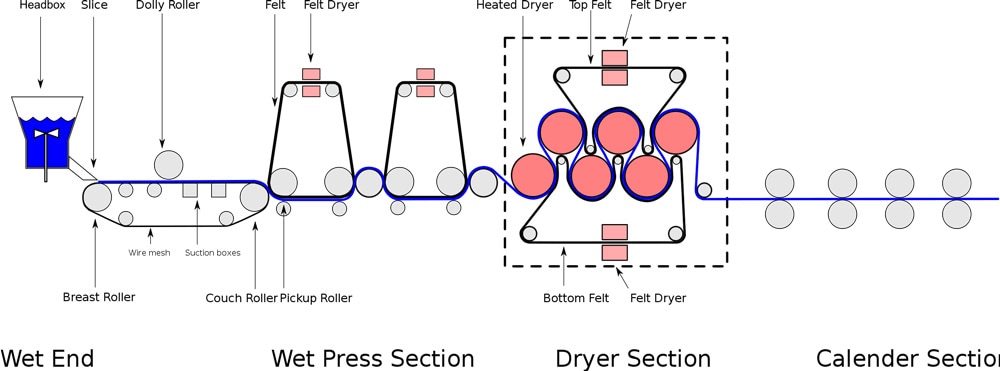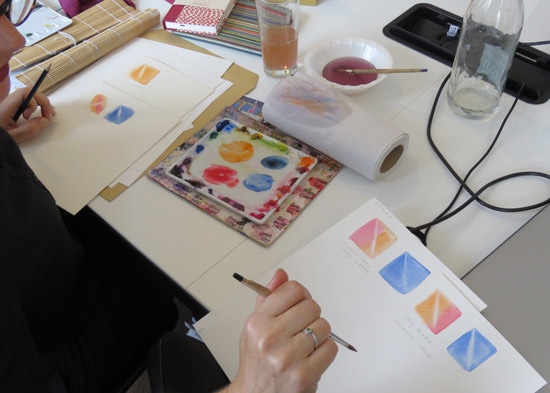- Home
- NEWS
-
HISTORY
- What is Botanical Art?
- What is Botanical Illustration?
- Botanical Art History Books >
- Herbals
- Florilegia and Flora
- Patrons of Botanical Art >
- Past Masters - Botanical Art and Illustration >
- Famous Asian Botanical Artists (600-1900)
- 20th & 21st Century Botanical Artists >
- Botanical Photographers
- Botanical and Herbal Art Online
-
ARTISTS
- Botanical Artists in the UK
- Botanical Artists in North America
- Botanical Artists in Europe
- Botanical Artists in Australia and New Zealand
- Botanical Artists in Asia
- Botanical Artists in Africa
- Botanical Artists in Latin America
- Botanical Printmakers, Photographers, Sculptors et al
- The Jill Smythies Award
- Botanical Artists on Facebook
- Botanical Art Blogs
-
Exhibitions
- Calls for Entries - OPEN exhibitions
- Online Exhibitions >
- RHS Botanical Art & Photography Shows >
- The Shirley Sherwood Gallery of Botanical Art >
- Hunt International Exhibition of Botanical Art & Illustration
-
UK
>
- North America >
- Europe >
- Australasia >
- Asia >
- Africa
- ARCHIVE: World Wide Exhibition of Botanical Art 2018
-
Education
- NEW BOOKS about Botanical Art and Illustration >
-
Best Botanical Art Instruction Books
>
- Tips and Techniques >
- Botanical Art Video Tips >
- Online Botanical Art Instruction >
- International Directory: Botanical Art Teachers
- International Directory of Botanical Art Courses >
- Artist Residencies, Scholarships and Bursaries
- Diplomas and Certificates >
- Distance Learning Courses
- Talks, Lectures & Tours
- Botanical Education on Facebook
- Materials
- Groups
-
Botany
- Why botany matters to artists
- Botany Books for artists >
- Scientific botanical illustration
- Plant Forms and Anatomy
- Plant Evolution and Taxonomy
- Plant Names and Botanical Latin
- Botanical Dictionaries
- How to Identify Plants
- Recording a Plant / Sketchbooks >
- Botanic Gardens & Herbaria >
- Blogs about Plants and Flowers
- Contact
Which is the best paper for botanical art and illustration?
A perennial question asked by many artists, especially when their favourite paper changes
The answer varies depending on how you work - find reviews and recommendations below.
Plus how to test whether watercolour paper is suitable for botanical art
The answer varies depending on how you work - find reviews and recommendations below.
Plus how to test whether watercolour paper is suitable for botanical art
Below you can find out more about:
|
WHAT YOU NEED TO KNOW ABOUT PAPER TO USE IT PROPERLY
|
DIFFERENT TYPES OF PAPERS
|
SUMMARY: Basic facts you NEED TO KNOW about Paper
|
All paper is different and performs in different ways.
Paper-making - All paper was handmade until the 19th century. Most is now made by machine but some is still made by hand. Some machines (mould-made) attempt to emulate the traditional processes. Even a paper made by one manufacturer can change over time and when their supplies of materials to make the paper change. Paper can deteriorate and change colour over time. Whether it does and how fast this happens depends on the nature and the quality of the materials and processes used to make the paper. In general:
Archival paper has a number of characteristics. It is:
|
Sizing the type of size and how it is applied affects how a paper performs it changes the absorbency, and the durability of the paper - how it wears over time or under stress. It generally reduces the tendency of paper to absorb liquid. Sizing may contain different constituents depending on its main purpose.
The weight of a paper can affect whether or not is cockles when drying. Lighter papers can be soaked and then stretched by attaching to a board. (see below for how) However heavier weight papers 300lb and more do not need to be stretched as they don't cockle. How paper is stored and handled makes a difference
|
REFERENCE:
- Watercolour Paper - what you need to know | R K Burt
- How to avoid contamination of watercolour paper by Katherine Tyrrell
- Successful soaking and stretching | St. Cuthbert's Mill
Linters are traditionally used in the manufacture of paper and as a raw material in the manufacture of cellulose. In the UK, linters are referred to as "cotton wool".
Wikipedia - Cotton
TYPES OF PAPER / BOARD FOR FINE ART & ILLUSTRATIONS
Watercolour paper
|
Illustration Paper / Board
|
Different brands of watercolour paper for botanical art
This is a brief summary of different paper suppliers used by botanical artists - organised by the country which produces them.
|
Made in France
Made in Italy
|
Made in Germany
Hahnemuhle Fine Art Papers - a paper which is less well used by botanical artists but used to good effect by some. Made in UK
Made in USA
|
Paper Suppliers and Retailers
|
Paper Suppliers in the UK
Paper Retailers in the UK
|
Paper Suppliers in the USA
Paper Retailers in the USA
|
Paper Sizes
|
Different makers create different sizes of paper - one is metric (centimetres) and the other is Imperial Inches). The image is a handy guide to the metric sizing.
REFERENCE - PAPER SIZES:
|
FAQ – Some people find the measurements of watercolour paper a bit confusing. Here is a short summary that might help.
- - Loose sheets of watercolour paper often come in Imperial sizes (these use inch measurements).
- - Pads and blocks of watercolour paper usually come in European (ISO) ‘A’ sizes (these use metric measurements).
- - Imported American pads usually come in inch sizes but are neither Imperial nor A sizes.
- Watercolour Paper Sizes | Jacksons Art Blog
How to store paper
|
MUST DO'S for storing and protecting fine art paper
Handling
|
REFERENCE:
|
PAPER MAKING
What is paper made of?
|
Watercolour paper can be made from:
|
Sometimes paper is made of a mixture of "wood free" cellulose and cotton and a percentage is generally indicated.
Traditional Watercolour paper used to be made from linen rags hence the term rag paper. Fine art should not be made on paper created from recycled waste because of the uncertainties associated with what it contains. |
What gets added to paper?
|
In the paper-making process, substances get added to the raw materials of cotton or cellulose
|
The basic ingredient of handmade paper is plant cellulose, which is hydrophilic--it loves water. |
|
Sizing is the most important additive for watercolour paper.
Without sizing many papers would behave rather like blotting paper and fine marks would be impossible. |
Sizing applied to paper influences
|
Different types of sizing
|
There are three categories of papers with respect to sizing:
|
If sizing is soft (internal) then paint (and ink) will sink in. For example printmaking papers need to be soft sized.
If sizing is hard/strong (additional surface sizing) the paper has a coating and is most resistant to water - meaning paint will sit on the surface. It's not good for wet in wet techniques. Oil paint can be applied to paper which has had the right sort of size applied. |
Influences on how sizing performs
|
Various substances can be used for sizing which is why different watercolour papers can behave in different ways.
|
Sizing works differently in different weather conditions:
Complaints about paper are often due to the sizing being contaminated. This can happen in the art shop but can also happen due to how an artist handles the paper and how they treat it prior to painting.
|
|
Other additives: Brightening Agents
|
Other Additives: Fungicides
|
REFERENCE:
- Sizing | Wikipedia
- Sizing | hand Papermarking Magazine (April 1997)
- How to choose art papers: part three – additives | Artists & illustrators Magazine
- handprint : preparing papers for painting - explains what happens when paper that is sized is wetted
- How is paper made | Jacksons' Art
- A Brief Review of the History of Sizing and Resizing Practices | The Book and Paper Group 1986
- Winter 2015: Sizing | Hand Papermarking Magazine - devoted to articles about sizing
- History, Chemistry, and Long-Term Effects of Alum-Rosin Size in Paper | Jim Thurm (via the Wayback Machine)
How is paper made?
|
Handmade paper is typically made using the same processes as those used for hundreds of years.
Both mouldmade and machine made papers are made on a machine - but the machines are different.
|
Below is a diagram of a Fourdriner Paper-making Machine which has four basic processes
|
Mould made paper - characteristics
|
Machine (Fourdrinier) made paper - characteristics
|
REFERENCE:
- What is mould made? | St Cuthbert's Mill
- What is a 'fourdrinier' or a 'mould made' paper? | Canson
- J Whatman - The Master of Western Papermarking | Vintage Papers - a fascinating read if you want to see how paper used to be made in the past.
WATERCOLOUR PAPER
How to Test Watercolour Paper - General Principles
These are all suggestions from botanical artists of how to test new paper you've not tried before prior to starting work on a proper drawing or painting. You might also like to try testing your current paper to provide a baseline.
I'm hoping to develop a gallery of images of tests by different artists of watercolour paper. Ideally using a common template for testing papers so that it's easy for people to make a comparison. If you'd like to participate please contact me.
|
General principles when testing paper
|
Test lightfastness / constancy of paper colour over time
|
Make A Record of Paper you Try
For each sample of paper you want to test and/or use, you need to record:
- name of the manufacturer
- name of the brand of paper
- stated type/purpose (eg - how is it described? Watercolour, fine art, illustration, printmaking etc)
- type of paper e.g. hot pressed, cold pressed or rough;
- how made? - e.g. handmade, mouldmade or machine made?
- constituents: e.g. 100% cotton lintners or something else
- sizing - the type of size and how it is applied affects the strength of the paper and water and paint is absorbed - and hence how 'bright' it is
- archival status: what does the manufacturer say
- size of a sheet of paper - dimensions in inches and/or centimetres (and thickness if a board)
- surface finish e.g. hot pressed (HP), cold pressed or rough
- weight of paper in lbs. or gsm
- colour of paper
- number of deckle edges - if a sheet
- whether a sheet or from a block (they can perform differently)
- nature of the environment when testing e.g. temperature; moisture levels, indoors or outdoors
How to test paper - using watercolour paint
Applying watercolour paint
|
First draw lots of squares for testing purposes
Wet surface
|
Changing the paint on the paper
|
What the paper does to the paint
|
Reference - how to test watercolour paper
|
Other recommendations for how to test watercolour paper
|
Lower quality sheets are usually brittle to folding and retain the "memory" of rolling up. Better quality sheets will not break under extreme folding and return to flat after they are unrolled |
The BEST PAPER for Botanical Art & Illustration
- video and other reviews by artists
The BEST PAPER FOR BOTANICAL ART is always the one which works best for you.
Just because it works for somebody else does not mean it is the best paper for the way you work as there are different ways of working to produce excellent end results.
Just because it works for somebody else does not mean it is the best paper for the way you work as there are different ways of working to produce excellent end results.
|
On the right are posts about how to choose art papers by Clifford Burt, manager of of wholesale paper suppliers RK Burt & Co. (who supply most of the art shops in the UK). They summarise a number of the points I've highlighted above
|
A series of articles by Clifford Burt
|
|
Below you can find links to detailed tests (including some videos) by:
but first the Fabriano story - which is what generated so much of the contents below. |
Choosing the right paper for your work is so important, it can make a huge difference to the end result, and, to your painting experience. |
The Fabriano Story to date
|
This is the story of changes to Fabriano Artistico and Classico 5 - to date.
I've made it my job to record what has been happening to share information gleaned to date (I''m also aware a new batch of Artistico is currently under test - courtesy of RK Burt! I'll be reporting in due course. |
'Fabriano Artistico' (300 lb) is a paper which is consistently recommended by GM winners. |
|
|
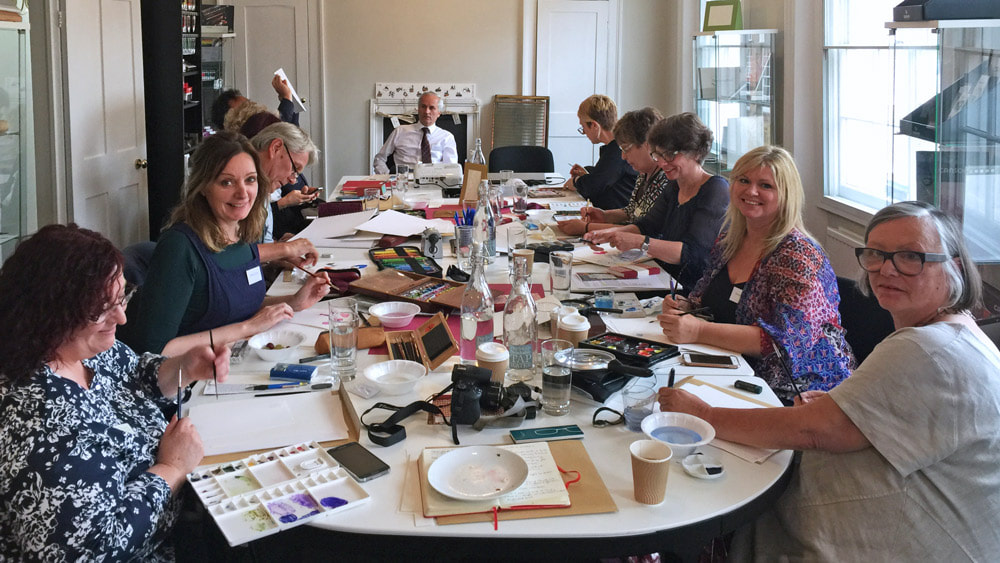
The July 2016 meeting between artists and Fabriano Executives at RK Burt in Southwark. Leading botanical artists BLIND TESTED samples of different watercolour papers - including old and new versions of Fabriano Artistico.
Artists attending included: Billy Showell, Sandra Armitage, Gael Selwood, Dianne Sutherland, Elaine Searle, Polly O'Leary, Sandrine Maugy and Ann Swan - and me!
Fabriano have done some trials since the meeting. To date they have been unsuccessful at identifying what needs to be different to produce the old surface. This means no prospect of a change back to the old surface in the near future.
We’ve now agreed to go through the same exercise with St. Cuthberts Mill. They recently produced two new papers as a response to the problem. This Mill only produces fine art paper and has an incentive to produce and/or refine paper to meet the needs of a group of artists with specific requirements.
Fabriano Paper - an update (SBA Winter Bulletin)
VIDEOS: Testing watercolour papers
|
Below are THREE very useful videos by Lizzie Harper in which she reviews samples of possible replacement papers for Fabriano Artistico.
Watch these to find out her very useful, verbal descriptions of painting on the papers. The papers tested are: VIDEO ONE:
|
On her blog she has three companion blog posts providing more information and images about the individual papers.
I do want to stress that these are reviews from my own perspective and my own (slightly untraditional) style of doing botanical watercolours, and there's every chance that if you were to try these different papers you'd come to different conclusions. Paper choice is very subjective. |
|
This is a similar video by Wendy Hollander. The papers she is testing are as follows:
|
She emphasises taking time to get to know a paper if you really want to make a proper assessment.
Her blog post provides more details about Evaluating Hotpressed watercolor papers for botanical drawing. It covers:
|
Next Ann Swan demonstrates some tests she uses to explore the characteristics of different types of paper. The tests are:
- the Pressure Test - demonstrating very quickly how paper will not tear if it is robust and will if it is not
- a Graphite Test using lines and elliptical marks - describing the difference between old and new Fabriano
- the use of Sticky Back Plastic to lift off lines or shading from colour (Botanical Ultra Smooth fails)
- the use of Masking Fluid and its subsequent removal from paper (again Botanical Ultra Smooth fails this test because the paper abrades)
- the use of Erasers to remove line or colour
Reviews by UK botanical artists
Artists provide tips on which watercolour papers and other supports work best for botanical art. Includes samples of how papers affect different techniques used for watercolour painting.
Artists provide tips on which watercolour papers and other supports work best for botanical art. Includes samples of how papers affect different techniques used for watercolour painting.
- Which watercolour paper? by Dianne Sutherland - reviews a number of different papers (before changes to Fabriano papers) and suggests what's the most suitable to use for different purposes
- Choosing watercolour paper for botanical drawing and painting - part 1 | Sarah Morrish (Nature's Details) - reviews basic data about different types of paper prior to a review by her students of six different papers
- Choosing watercolour paper for botanical drawing and painting Part 2 | Sarah Morrish (Nature's Details) - covers testing process and reviews different brands of watercolour paper she has tested
- Paper Matters! by Polly O'Leary (click the pics to see the large images of the sample tests) - Results of several tests conducted using the same paints and brushes.
Reviews organised by retailers
Retailers of art supplies are also very keen to test paper to find out what is the best in the views of the experts - so they can stock up on it!
Retailers of art supplies are also very keen to test paper to find out what is the best in the views of the experts - so they can stock up on it!
- Botanical Artists Thoughts on Stonehenge Aqua Hotpress | Jacksons Art Blog (May 2018). It includes three reviews by different botanical artists *Margaret Fitzpatrick’s rigorous testing on Stonehenge Aqua Hotpress Sample Pad. | *Christine Battle’s diary of testing Stonehenge Aqua to create an illustration of a sweetpea.| *Lizzie Harper’s testing, microscopic views and review videos on Stonehenge Aqua paper.
How to stretch paper
If you want paper to remain tight and smooth, you need to stretch it first. The video below shows you how to do this.
REFERENCE:
- Stretching Watercolour Paper | Strathmore
ILLUSTRATION PAPER & BOARDS
|
ILLUSTRATION BOARDS
Other types of paper used for botanical art include:
|
REFERENCE: Suppliers:
|
TRACING & TRANSFER PAPERS
|
There are two main methods for transferring prepration drawings to the paper for the finished work - without using a lightbox.
TRANSFER PAPER This is very thin paper typically coated with wax and pigment.
Tracedown / Saral Paper is probably the best known product suitable for fine art papers. Graphite transfer paper is made - as the name suggests - using graphite |
TRACING PAPER
in development |
REFERENCE:
Resources about Botanical Art and For Botanical Artists
ABOUT: About the Author | Contact | Testimonials | Privacy Policy COPYRIGHT 2015-22: Katherine Tyrrell all rights reserved.
|
NEWS
News Blog about artists, awards, exhibitions etc. |
EXHIBITIONS
- Calls for Entries - Exhibitions around the world - Online Exhibitions - RHS Exhibitions - Hunt Exhibitions ORGANISATIONS
- Botanical Art Societies - national / regional / local - Florilegium & Groups - Botanical Art Groups on Facebook |
EDUCATION
- Tips and Techniques - Best Botanical Art Instruction Books - Directory of Teachers - Directory of Courses - Online Botanical Art Courses - Diplomas and Certificates - Talks, Lectures and Tours ART MATERIALS (Paper / Vellum) BOTANY FOR ARTISTS - Scientific Botanical Illustration - Best Botany Books for Artists - Plant Names & Botanical Latin BOTANIC GARDENS & Herbaria |
FEEDBACK
Please send me . - news to share - info. about exhibitions - any suggestions for what you'd like to see on this website ADVERTISE Contact me if you'd like to promote workshops and courses on this site. AFFILIATION This website is free to you but not for me! (See Affiliate Income below) |
|
Cookies, Personal Data & Privacy tells you how this site relates to and impacts on you and your privacy - and your choices.
Product & company names may be trademarks of their respective owners |
About Affiliate Income: This website has been created to share information not to make a profit. I am an Amazon Associate and earn from qualifying purchases (e.g. books from Amazon) which helps offset costs associated with maintaining this very large website.
|
- Home
- NEWS
-
HISTORY
- What is Botanical Art?
- What is Botanical Illustration?
- Botanical Art History Books >
- Herbals
- Florilegia and Flora
- Patrons of Botanical Art >
- Past Masters - Botanical Art and Illustration >
- Famous Asian Botanical Artists (600-1900)
- 20th & 21st Century Botanical Artists >
- Botanical Photographers
- Botanical and Herbal Art Online
-
ARTISTS
- Botanical Artists in the UK
- Botanical Artists in North America
- Botanical Artists in Europe
- Botanical Artists in Australia and New Zealand
- Botanical Artists in Asia
- Botanical Artists in Africa
- Botanical Artists in Latin America
- Botanical Printmakers, Photographers, Sculptors et al
- The Jill Smythies Award
- Botanical Artists on Facebook
- Botanical Art Blogs
-
Exhibitions
- Calls for Entries - OPEN exhibitions
- Online Exhibitions >
- RHS Botanical Art & Photography Shows >
- The Shirley Sherwood Gallery of Botanical Art >
- Hunt International Exhibition of Botanical Art & Illustration
-
UK
>
- North America >
- Europe >
- Australasia >
- Asia >
- Africa
- ARCHIVE: World Wide Exhibition of Botanical Art 2018
-
Education
- NEW BOOKS about Botanical Art and Illustration >
-
Best Botanical Art Instruction Books
>
- Tips and Techniques >
- Botanical Art Video Tips >
- Online Botanical Art Instruction >
- International Directory: Botanical Art Teachers
- International Directory of Botanical Art Courses >
- Artist Residencies, Scholarships and Bursaries
- Diplomas and Certificates >
- Distance Learning Courses
- Talks, Lectures & Tours
- Botanical Education on Facebook
- Materials
- Groups
-
Botany
- Why botany matters to artists
- Botany Books for artists >
- Scientific botanical illustration
- Plant Forms and Anatomy
- Plant Evolution and Taxonomy
- Plant Names and Botanical Latin
- Botanical Dictionaries
- How to Identify Plants
- Recording a Plant / Sketchbooks >
- Botanic Gardens & Herbaria >
- Blogs about Plants and Flowers
- Contact
